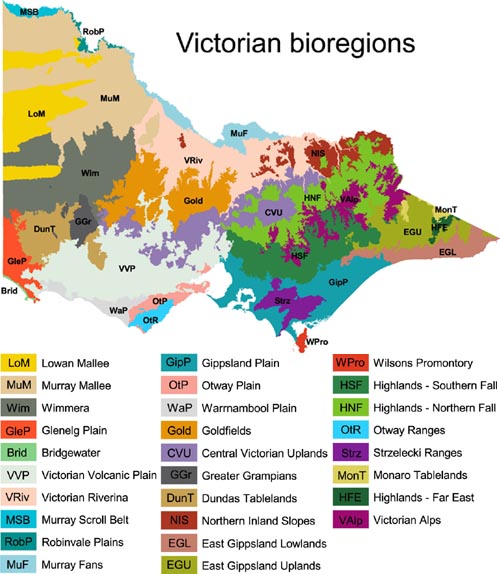Glocalism means applying universal or global principles locally in everyday practices. We want to develop and follow ecologically sustainable, and politically and economically just, principles and practices.
Here we suggest that glocalism means interacting and networked communities that are as collectively sufficient as possible. DCV is committed to exploring our various landscapes and how to support their regeneration, so we can live as ecologically sustainably as possible.
Sufficiency relies on the potential and limits of the local living world to support us. Hundreds of distinctive nations and clans of Indigenous peoples with unique languages lived ecologically sustainably at least until the invasion of 1788. They have been adept at relating to and working with Country using ecologically efficient practices.
The traditional custodians of Djaara Country where we live, work and play are the Dja Dja Wurrung peoples. They and their Country have been severely impacted by colonisation since the early nineteenth century to the present. For instance, 1850s gold mining brought further marginalisation and violent conflicts, and denuded local landscapes, destroying vegetation and habitat for native animal species. Today they offer services and resources to help us live more respectfully and sustainably in and with djandak (Country). For example, see the Dja Dja Wurrung seasonal calendar here.
Bioregions seem to offer a useful reference point for practicing glocalism. A bioregion is defined by a watershed, various ecosystems and ecoregions. For instance, Central Victoria is known for its remnant box-ironbark forest landscapes.
Fortunately, we have well-established local associations, such as Connecting Country and Friends of Box Ironbark Forests (FoBIF) who promote all kinds of information on our fragile and unique local ecosystems, and offer activities to address challenges to them.
Decades ago the Australian government initiated an biogeographic map of regions for establishing conservation reserves. The latest version (IBRA7), identifies 89 bioregions and 419 subregions in Australia, including oceanic areas. Each bioregion is composed of a cluster of interacting ecosystems with common climatic, geological, landscape, plant and animal life characteristics and values. IBRA updates offer fresh data, methods and reviews.
Connecting Country explains how the 152,895ha known as Mount Alexander Shire straddles four bioregions — Goldfields, Victorian Volcanic Plains, Central Victorian Uplands and Victorian Riverina — containing many ecological vegetation classes (EVCs) composed of commonly clustered native plant species, as described here by DEECA, the source of the map below.

